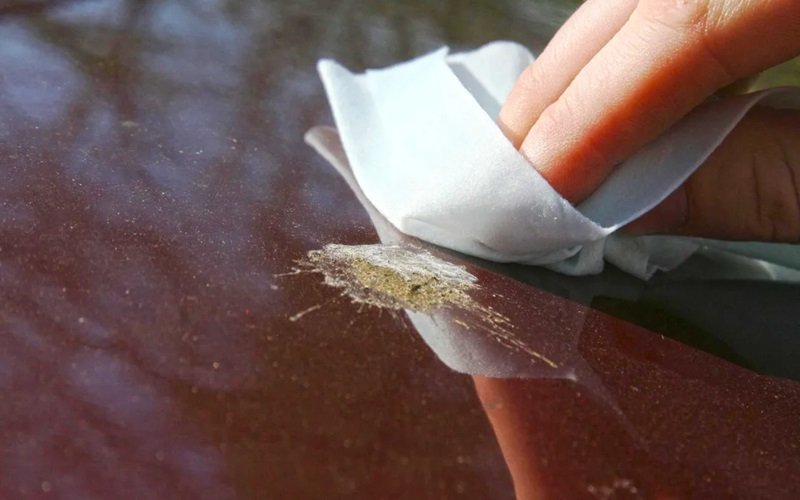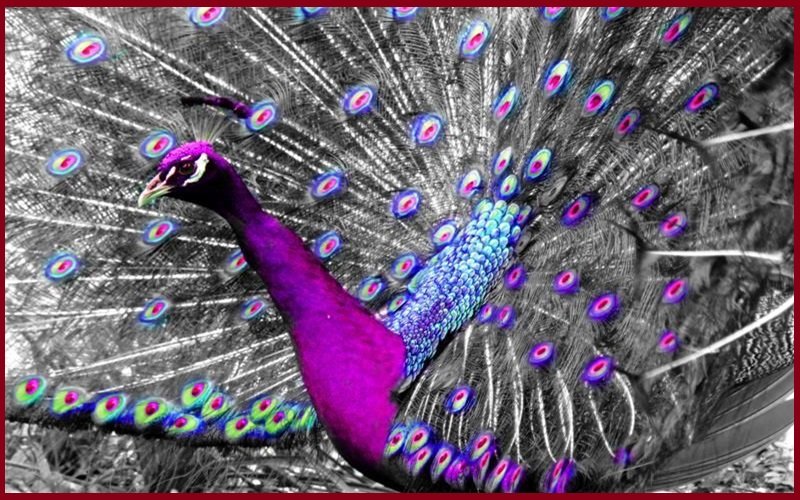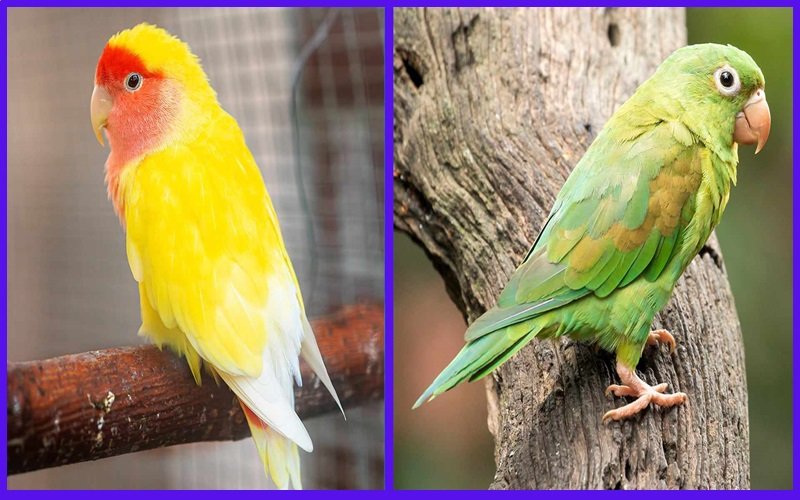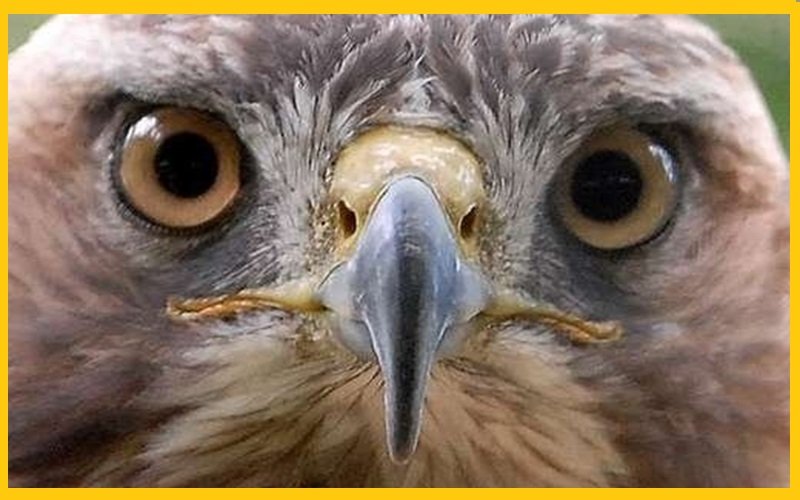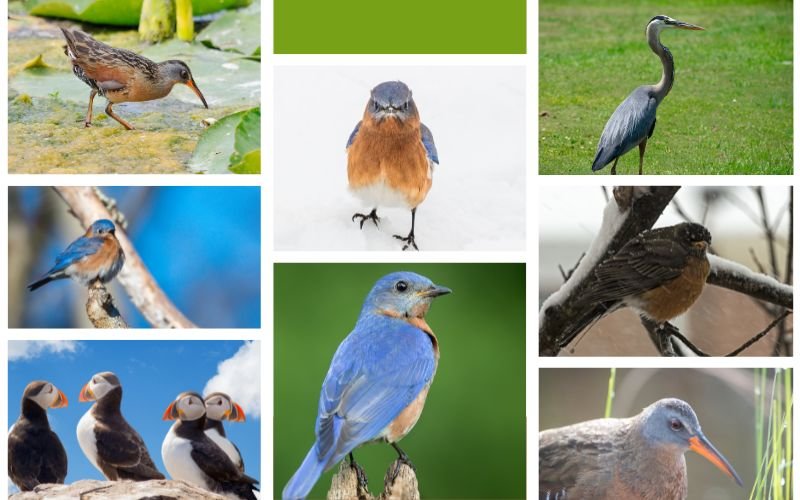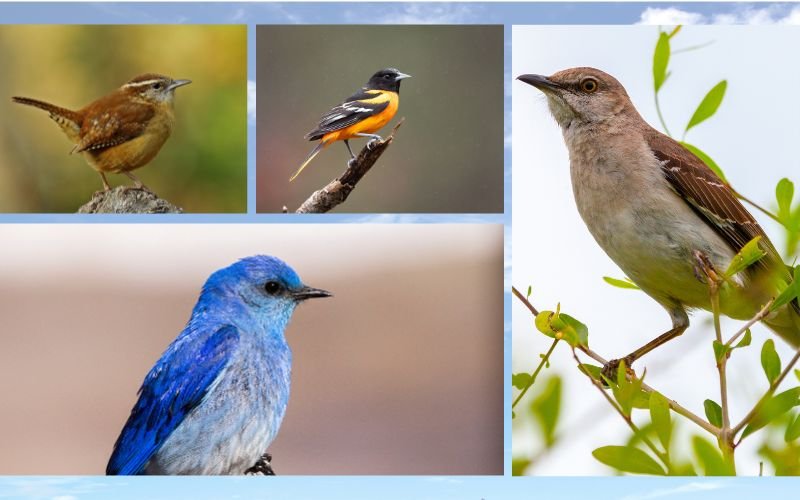Blue Jays are birds with vibrant plumage. Their unique, vibrant blue color makes people wonder about these species even more.
However, have you ever heard them screaming in the wild forest? They wonder why they are screaming or the possible reasons behind it.
Don’t be astonished. In this article, I’ll provide you with some of the top possible reasons behind blue jays’ screaming behavior. So, let’s delve into this topic deeply.

Top Reasons for Blue Jays Screaming
Well, birds don’t have the vocal cords like humans, so they don’t produce sounds like humans do. However, their chirping, twittering, singing, and chattering represent their way of sound production.
So, let’s see the reasons behind blue jays screaming.
Communication
Birds use their vocalization sounds to communicate with their fellow species. Similarly, blue jays’ screaming behavior also represents their one way of communication.
By screaming behavior, they might want to convey some message to their fellow community members, mating partners, etc.
They also use this screaming behavior to ask for food from other blue jays or mates. Additionally, their high sound production helps them to travel long distances and to notify other birds as message signs.
However, not all blue jays sound similar or produce similar vocal sounds. Different blue species have dialectal variations in communities inside their regions.
Similarly, blue jays also use their body language to communicate with their screaming nature. They sometimes raise their head crests while screaming and spread their chest features in a sign of alarm if they feel threatened.
Defense
Blue jays also use their high-pitched vocals, which make it look like they are screaming if they feel any kind of danger around them.
If they sense terror or danger, they try to scream with high-pitched sounds, hoping to irritate or annoy their predators.
Mostly, they do so if they see any hawks or owls nearby. They use this technique to defend themselves from predators.
Blue jays’ screaming behavior also attracts the attention of other birds in the wild. As a result, they all join them to create chaos in the environment or annoy predators.
Hence, predators lose their attention from their prey and get distracted because of the excessive noises around them.
Mating Calls
Blue jays also use their high-pitched vocal sounds to call their mates or partners. Sometimes, they mainly scream when they are looking for them.
As monogamous birds, they mostly remain with one mate for their whole lives. That is why they religiously look for their partners while making these screaming sounds.
During the spring season, they mostly fly around the wild and scream at the same time. Later, the female will also fly along with the male birds and produce screaming sounds while doing courtship rituals.
In their courtship rituals, they mainly form a flock called a courtship flock and produce high-pitched sounds altogether.
Their screaming sounds usually occur in the morning and the afternoon, so you may hear them during those times of the day.
Territory Establishing
Blue jays also produce vocal sounds to locate their territories. They mainly use this screaming behavior to defend their territory or to protect their territories from other birds and predators.
Usually, if any birds surpass their territories, they scream so that they can give them signs or warn them that this is their place.
They should not cross their boundaries, as they will be attacked by these blue jays if they do.
As you already know, they are monogamous birds, allowing them to make a single pair for their lifetime.
As a result, they also become more secretive and protective of their partners, nests, and territories. Additionally, they become protective figures to save their eggs and chicks from predators.
Therefore, they build the territories around their nest after the breeding season. So, if a blue jay is screaming within its territory, then other birds automatically understand that this territory has already been taken by blue jays.
Alarming Others Birds
Blue jays use their screaming behavior to save themselves and to protect other birds in the wild.
Sometimes, blue jays produce high-pitched sounds or screaming sounds to alarm other birds. They do this if they see intruders or predators in the forest.
Their loud screams are mainly alarming sounds to others. Usually, when females are highly involved with their nesting behavior in the summertime, they become more alert about their surroundings.
Females become more cautious about protecting their eggs and chicks, so they become more alert and active.
If they sense any danger around them, they start screaming at a high pitch to give alarming calls to other birds.
Showing Excitement
These jays also produce vocal sounds to communicate their excitement in the wild. They are unlike humans, who can portray their excitement and feelings through talking.
But birds don’t have the ability to do so. Therefore, they use vocal sounds and other physical gestures to show excitement. They scream when they get excited, happy, and playful.
Besides, they also use these high vocalization sounds to showcase their beautiful features and plumage to their mates.
They also become excited and produce high vocal sounds when they find food for themselves.
They are active birds and become more playful in the morning. In short, you might hear them screaming during the day.
Chicks Screaming for Food
Young blue jay birds also use high-pitched sounds to grab attention from their patterns. The chicks mainly make sounds to hint at their parents’ food needs.
Blue jays are a more family-involved species, so they remain close to their nest while their chick is very young.
Besides, chicks are also thoroughly dependent on their parents for the food delivery process. As a result, chicks scream while notifying their parents that they are hungry.
Signaling Other Jays for Food
Blue jays also scream if they see food near their surroundings. If they are flying and see food or any food sources near their location, at that moment, they start screaming to signal other jays.
In this way, other jays or flocks will get signals that a food source is nearby.
Environmental Factors
There are some other possible reasons for blue jays to scream loudly, such as environmental factors. Avian species have more sensory ability to sense their surroundings.
That is why if they sense any weather changes or natural calamities, such as floods, heavy rain, or storms, they can easily sense this.
As a result, they start screaming to spread alertness around the surroundings so that every animal and bird gets alert.
Additionally, if they see any human activity nearby or humans destroy their habitats, they start screaming. Even sounds of loud vehicles, loud constructions, and human voices also make them frightened, which will lead them to notice or scream.

Blue Jays and Predators
There is a core connection between predators and prey. While predators hold their amazing skills to attack or hunt their prey, similarly, prey have excellent sensory skills that allow them to detect their surroundings.
Besides, they have numerous strategies and techniques to fight against their predators. Similarly, our blue jay birds are also in the category of prey lists, and their predators are hawks, owls, cats, bats, snakes, falcons, etc.
One famous strategy for escaping predators is screaming. Screams create disturbances in the environment.
Other blue jays get alert, join as a flock, and start screaming altogether. As a result, predators will lose their concentration and feel discomfort with those noises.
In the meantime, a blue jay can escape the place and get away from its predator’s eyes.
Final Thought
In a final observation, blue jays use their screaming behavior for multiple purposes, such as finding their mates, defending themselves, communicating with other flocks, alarming other jays, showing their excitement, and signaling other jays for food.
Besides, some environmental factors cause their screaming behavior, such as weather conditions, natural calamities, human activities in the wild, loud vehicles, and construction sounds.
In short, these little blue jay birds use their vocalization skills to express their feelings.



